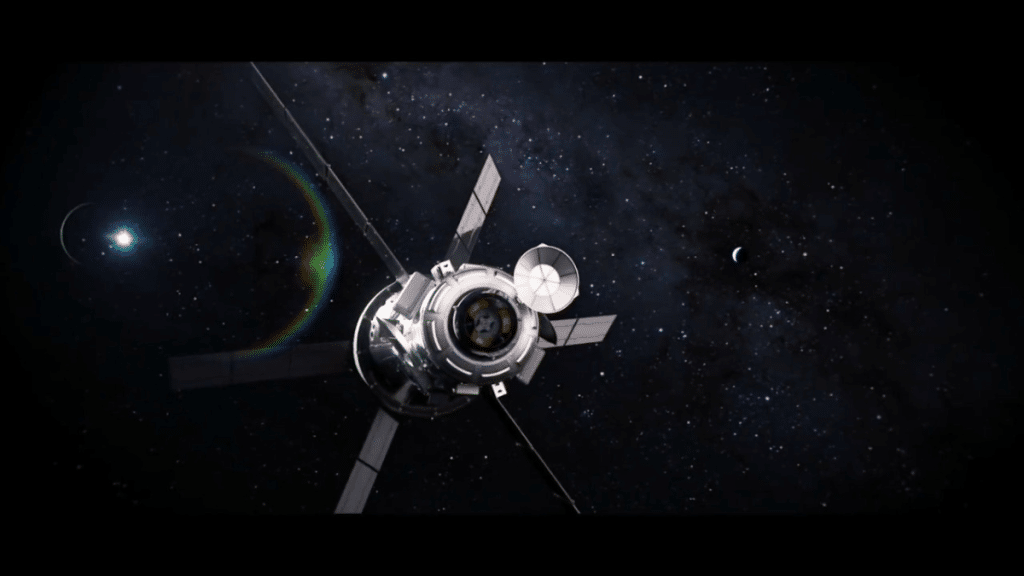The space industry is no longer limited to a few government agencies and defense contractors. Commercial players are entering fast, and new partnerships are forming across tech, science, and logistics. Launches are more frequent. Satellites are smaller, cheaper, and more versatile. Nations are investing in space as part of their infrastructure strategy, not just prestige projects. We’re moving from exploration to expansion, where space is a new layer of our economy. That shift brings opportunities but also new questions about regulation, sustainability, and competition. Keep reading to explore the forces shaping what’s next.
Lower Barriers, Higher Volume
Space used to be exclusive—accessible only to those with deep budgets and decades of expertise. Now, private firms and emerging nations are sending payloads into orbit. Reusable rockets and commercial launch services are slashing costs and expanding access.
As a result, the number of satellites and missions is growing fast. This explosion in volume creates new business models and demands better infrastructure, from launchpads to tracking systems.
With more actors in the game, the industry becomes more dynamic and more unpredictable. Staying informed about launch activity, ownership, and risk is now part of the daily equation for everyone involved.
Data as the Core Asset
Space isn’t just about rockets. It’s about data. From Earth observation to telecom and navigation, the value lies in what satellites can see, measure, and transmit. Governments and businesses alike rely on space-based systems for real-time intelligence.
This data economy fuels growth across agriculture, logistics, insurance, and even climate research. New startups are building platforms to process and apply space data in ways that were unthinkable just years ago.
Managing and understanding this data flow—who owns what, when it was launched, and where it operates—has become critical. Organizations like Seradata help provide essential visibility into this increasingly complex environment.
Sustainability Becomes Urgent
As more objects enter orbit, the risks of collision and debris increase. Space is vast, but low Earth orbit is getting crowded. Managing this congestion is becoming a priority.
Sustainability isn’t just about preserving orbital lanes—it’s also about ensuring long-term access and reducing environmental impact. That includes deorbiting old satellites, tracking space junk, and designing hardware for safe disposal.
Regulatory bodies and coalitions are stepping in, but the challenge is global. No one owns space, yet everyone has a stake in keeping it usable. Sustainability will be a shared responsibility that influences every future launch and mission.
Defense and Security Drive Policy
Space is now a domain of national interest—militaries monitor and protect their assets, and new alliances are forming to coordinate surveillance and strategy. What happens in orbit affects what happens on the ground.
Cybersecurity, anti-satellite capabilities, and secure communication systems are top concerns. This growing tension influences policy decisions, launch approvals, and global partnerships.
As competition heats up, transparency and coordination will become harder—but more necessary. The future of space will depend on maintaining a balance between innovation and diplomacy.
New Business Models on the Horizon
Beyond satellites and launches, companies are exploring mining, manufacturing, and even tourism in orbit. These ideas are still early-stage, but the groundwork is being laid now.
As investment pours in, entrepreneurs are rethinking how value can be created above Earth. Microgravity environments offer new possibilities for research and materials. Space hotels, though still aspirational, signal a shift toward consumer-facing space ventures.
The next decade could see a wave of business models that once sounded like science fiction but now feel closer than ever. As access expands, so do the ways we imagine what’s possible.

